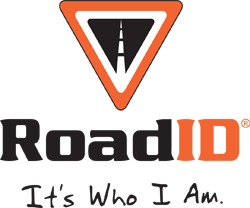|
A coaching friend used to say “Heat is our Friend” It didn’t seem that way today as I slogged along miserably, forced to take several walk and shade breaks to cool off during my long run!
The summer temperatures and brutal humidity of Eastern North Carolina make for a nasty combination. Running in July can be akin to training on a treadmill in a steam room, you go nowhere while drowning in sweat! You can’t run fast enough to improve speed or run long enough to improve endurance before core temperature and dehydration become a limiting factors. Throw in pancake flat terrain and minimal shade, Eastern NC in July becomes what one of my runners once described as training in “Satan’s Anus"! I once thought it impossible for a distance runner to train successfully in these conditions. But my coach (Bill Carson) pointed out Florida Track Club (with Olympians Frank Shorter, Jack Bachelor and Jeff Galloway) successfully trained in Gainesville Fl back in the 60’s and 70’s. Carson had been an assistant at Florida in the 60's so he saw firsthand the results of training in the heat. So how did they achieve such success in the heat? It turns out that training in hot and humid conditions can produce effects sim ilar to altitude training. The basic premise is hot and humidity forces the body to utilize H20 to aid in the cooling process, thus reducing blood volume. The result is a higher ratio of plasma to red blood cells (which carry hemoglobin), causing the body to overcompensate by producing more hemoglobin. Hemoglobin is where the blood carries oxygen, which distance runners need for to fuel their activity. You gain positive training effects training at higher volume with lower intensities. The body also becomes more efficient at cooling. With altitude training you see the results you see the results when you return to sea level, with heat training you see the results when the weather cools off. For a more scientific explanation (in common terms) read: https://www.outsideonline.com/2415257/heat-training-benefits-2020-study Now, running in the heat can be miserable, and even dangerous! As you sweat more your hydration level drops. Dehydration diminishes your body’s ability to cool itself so your core temperature rises to unsafe levels! Here are a few tips on how to get the most out of summer training while staying safe:
Finally, realize that running in the heat will sap you, make you feel out of shape and that can demoralize a runner! Keep your focus on the long term benefits and know that you will reap the benefits if you are consistent (and safe) in your summer training.
0 Comments
Leave a Reply. |
Archives
April 2023
Categories
All
|

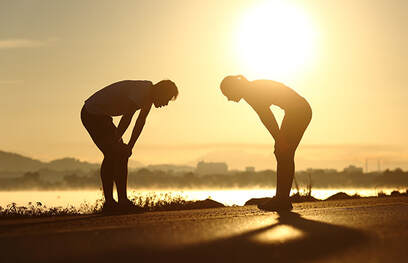
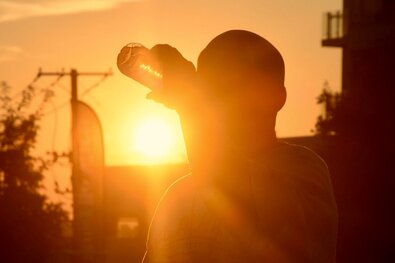
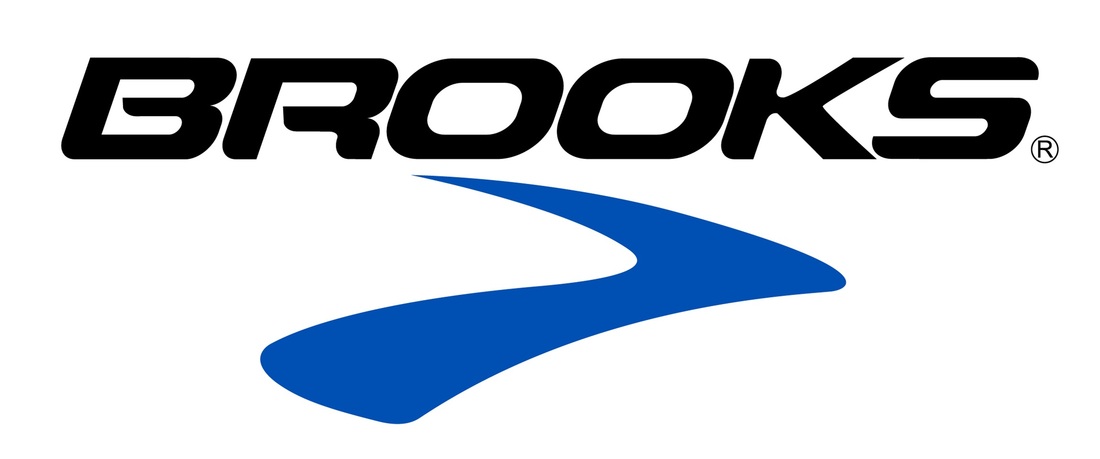


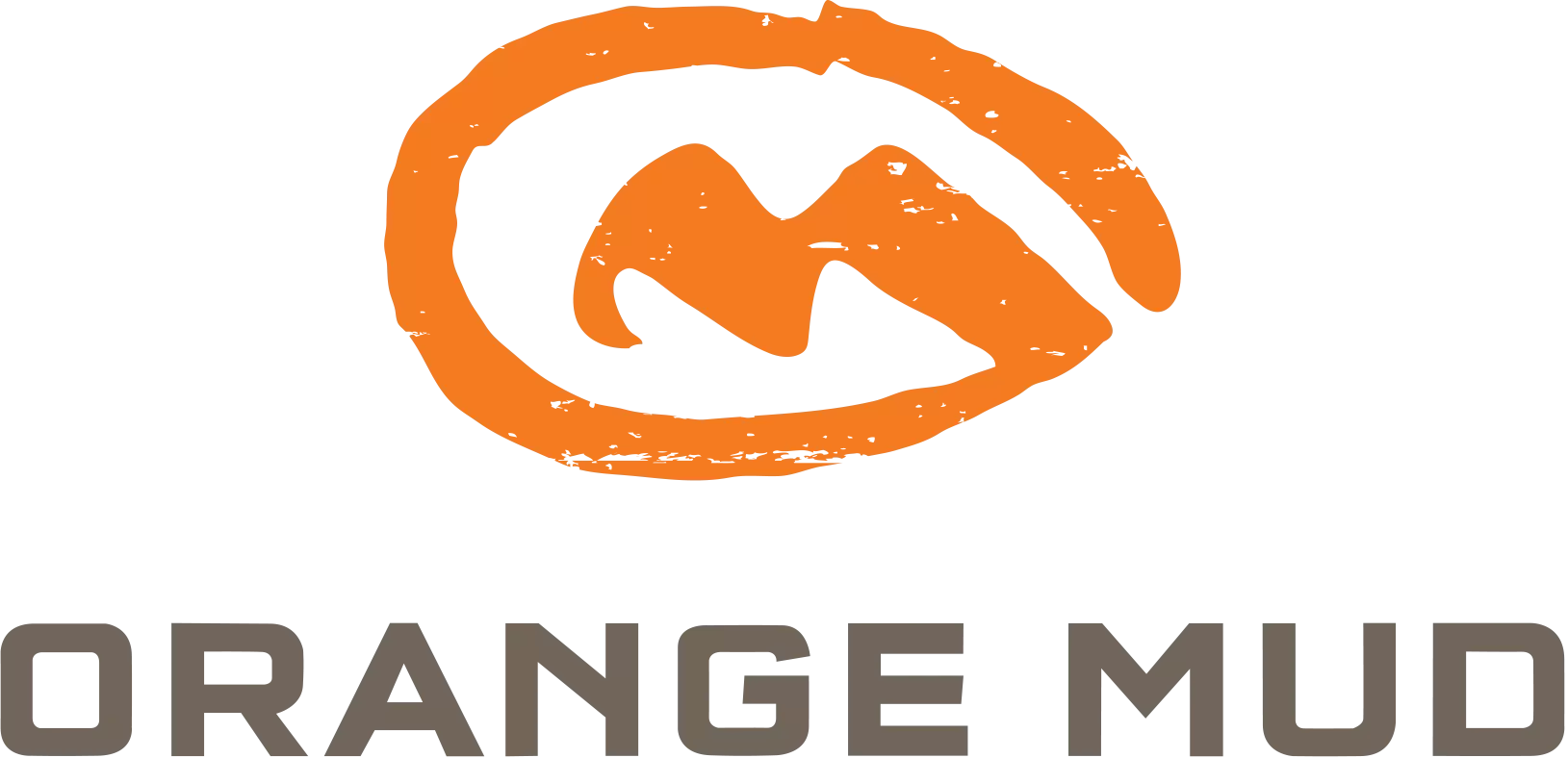

 RSS Feed
RSS Feed

